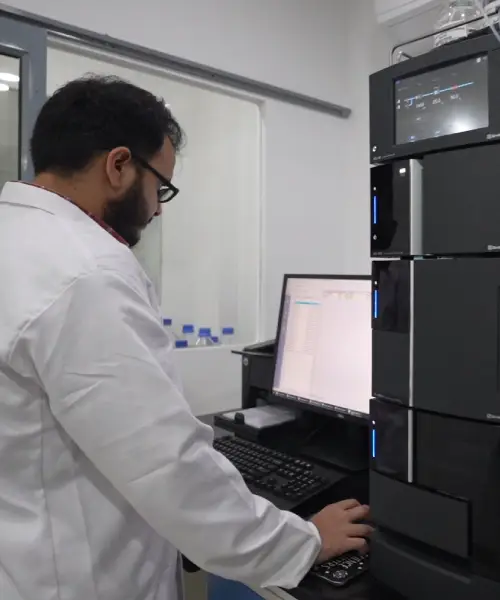
API Pharma
Why is a comprehensive analysis of active pharmaceutical ingredient lists critical in pharmaceutical production? APIs determine the therapeutic effectiveness of drugs. Therefore, thorough evaluation is necessary for:
- Ensuring drug safety and patient health.
- Streamlining regulatory compliance with authorities like USFDA and EU-GMP.
- Supporting advancements in pharmaceutical innovation and commercialization.
Pharma professionals also need a strong grasp of the active pharmaceutical ingredient market to stay competitive, particularly in a landscape increasingly driven by generics and novel drug formulations.
Active Pharmaceutical Ingredients: What Are They?
APIs are the active compounds in a drug that deliver the intended therapeutic effects. Their quality and consistency are critical to a drug's efficacy. APIs can be:
- Chemically synthesized (e.g., acetaminophen in fever reducers).
- Derived from natural sources or engineered biologically.
Maintaining a detailed active pharmaceutical ingredient list ensures:
- Adherence to regulatory standards.
- Effective supply chain management.
- Precise quality control across manufacturing stages.
Key Categories of Active Pharmaceutical Ingredients
APIs vary widely in structure, source, and therapeutic application. They fall into the following main categories:
Small Molecule APIs
- Predominantly chemically synthesized and found in most conventional drugs.
- Examples:
Biologics
- Derived from living organisms, these APIs are integral to therapies such as vaccines and monoclonal antibodies.
- Complex to manufacture due to sensitivity to production environments.
High-Potency APIs (HPAPIs)
- Targeted, small-dose APIs are used in conditions like cancer and hormonal disorders.
- Example:
Trends Driving the API Market
The active pharmaceutical ingredient market is evolving rapidly, influenced by multiple factors:
- Rising Demand for Generics
- Cost-effective alternatives to branded drugs dominate prescriptions worldwide.
- Innovative Drug Discovery
- Biologics and targeted therapies are becoming mainstream.
- Regulatory Developments
- Stricter standards demand robust manufacturing and quality control.
Emerging Trends:
- Localization: Countries are encouraging local API manufacturing to reduce reliance on imports.
- Sustainability: Eco-friendly processes are increasingly preferred.
- Specialization: APIs tailored to niche therapeutic areas are gaining attention.
Ensuring Quality in API Manufacturing
High-quality API production relies on stringent manufacturing and testing processes. Key pillars include:
Advanced Manufacturing Techniques
Pharma Commercial Manufacturing facilities are adopting cutting-edge technology to ensure precision and scalability.
Rigorous Quality Control
Testing for purity, potency, and stability ensures consistency across production batches. Analytical methods like HPLC, GC, and NMR are crucial.
Global Regulatory Compliance
Adherence to frameworks like USFDA and EU-GMP ensures product acceptance across markets.
Overcoming Challenges in API Sourcing and Production
While the API industry is thriving, it faces notable hurdles:
Supply Chain Dependencies
- Reliance on specific regions like India and China can create bottlenecks.
- Recent global disruptions highlight the need for diversified sourcing.
Regulatory Complexities
- Adapting to varying compliance requirements across markets can delay time-to-market.
Cost Pressures
- Balancing affordability with quality and compliance remains a challenge.
Solutions to Address Challenges
- Strategic Partnerships: Collaborate with established active pharma ingredients manufacturers to ensure a seamless supply chain and consistent quality.
- Technology Integration: Automate manufacturing and testing to improve efficiency and reduce errors.
Conclusion
A robust active pharmaceutical ingredient list is fundamental to pharmaceutical innovation and compliance. Coupled with an informed perspective on the active pharmaceutical ingredient market, it enables companies to excel in a competitive landscape.
By prioritizing quality, embracing technological advancements, and collaborating with reliable partners, pharmaceutical firms can ensure consistent, safe, and effective drug production.






